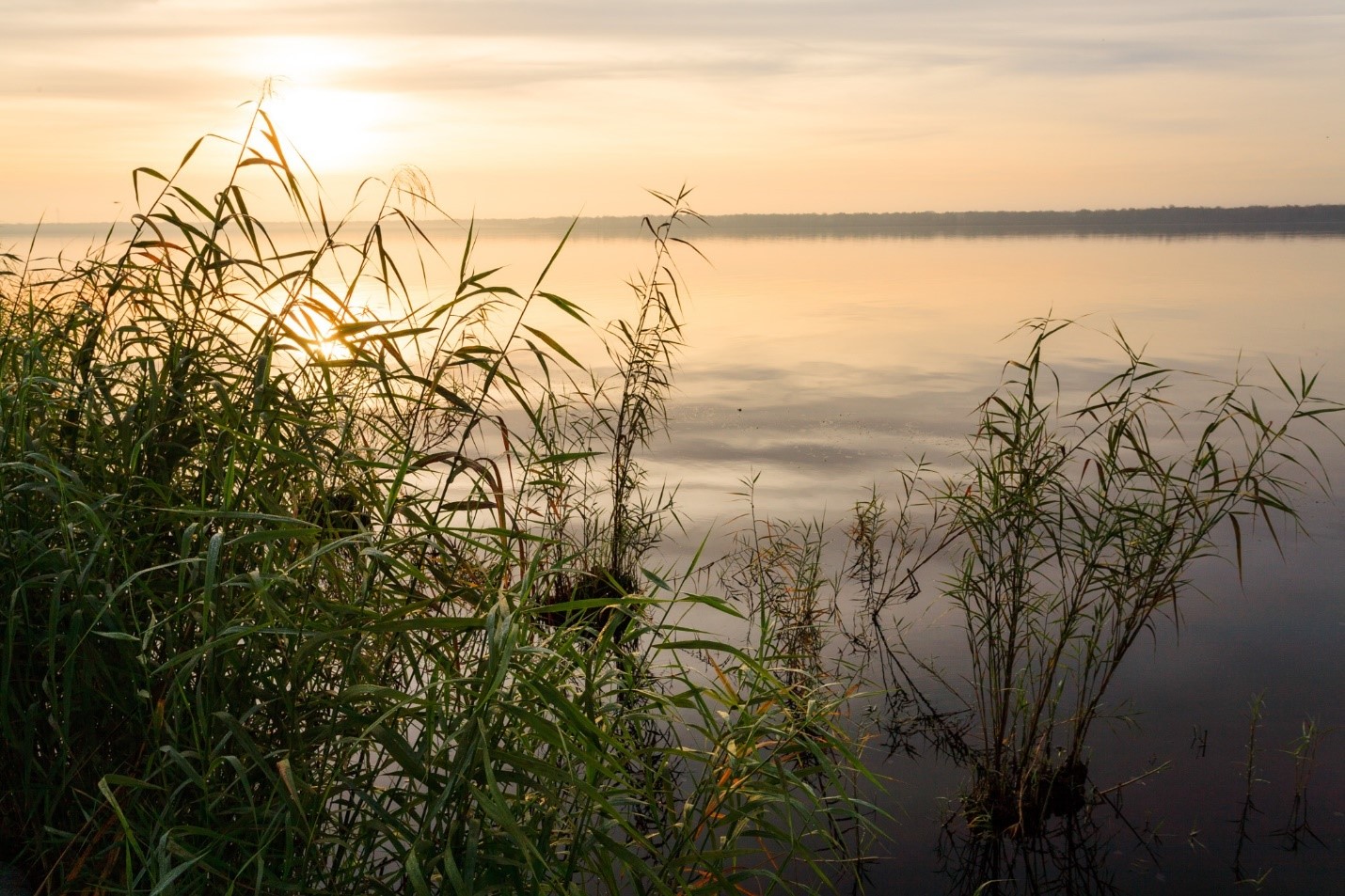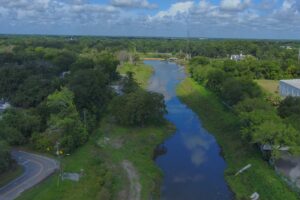Our daily work celebrates the St. Johns River year-round
June 10, 2021
June is National Rivers Month, so this month— and throughout all of 2021 — the St. Johns River Water Management District is focusing extra attention on celebrating the St. Johns River and recognizing its importance among other great rivers that have helped shape our nation.
The St. Johns River (designated an American Heritage River for its natural, cultural and historic resources) has long served as a transportation route and home to many indigenous people, supported trading posts, provided food such as fish and blue crabs, and remains a vital part of Florida’s past, present and future.
The St. Johns River is mighty, with an average daily flow of 6,887 cubic feet per second (cfs) or 4,451 million gallons per day (mgd) at the Jacksonville monitoring station. This river and others in our District continue to support Florida’s economy, provide recreation for residents and visitors alike, and display unmatched natural beauty.
We celebrate, work for and work on the northerly flowing St. Johns River each day as part of our core missions. This work includes the Upper St. Johns River Basin Project where the District and U.S. Army Corps of Engineers have completed one of the largest flood protection and wetland restoration projects in the world at the river’s headwaters in Indian River County. Now in a long-term management phase, this project is a nationally and internationally recognized project for its magnitude and success. In the Ocklawaha River, the largest tributary to the 310-mile-long St. Johns, the water quality in lakes Apopka and Griffin is bouncing back in response to projects led by the District and our partners. These projects reduce nutrient concentrations — particularly nitrogen and phosphorus — which in turn diminishes algal blooms and helps improve water clarity. Cleaner water supports growth of submerged plants, vegetation that is critical habitat supporting the desired diversity of fish and animals.
In the northern portion of the river, District cost-share projects have reduced stormwater runoff into the river in Palatka, supported advancements in agricultural practices in the Tri-County Agricultural Area and are using state-of-the-art technology to remove phosphorus from Doctors Lake.
We monitor the river’s ambient conditions for both flow and water quality. Our ambient water quality monitoring program includes more than 40 sites. With the U.S. Geological Survey, we cooperatively monitor flow along the main stem of the St. Johns River at 14 stations, and the District monitors another 41 locations along the river and its headwater marshes and tributary systems. All these data are critical to accomplishing our missions to protect water supplies, ensure good water quality, provide flood protection and protect natural systems.
We invite you to learn more about the river in our ongoing series showcasing the St. Johns in words, images and interviews at our online magazine, StreamLines.






